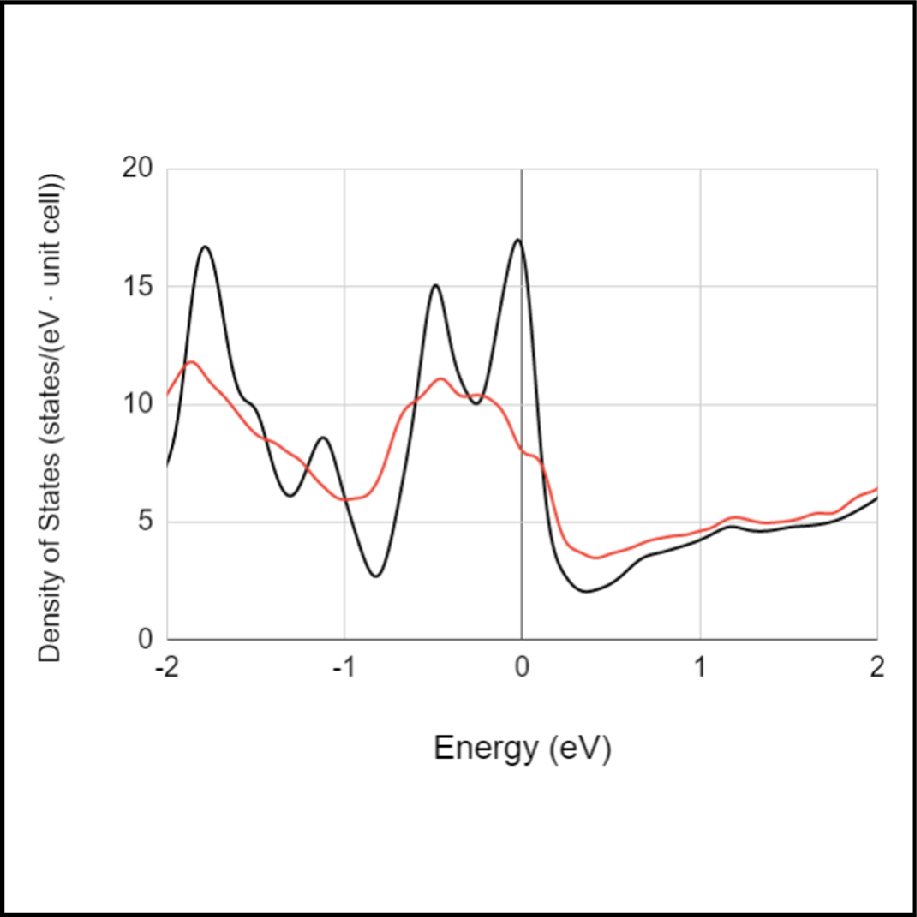Ab Initio Study of Antisite Defects in Nb3Sn: Phase Diagram and Impact on Superconductivity
Nathan S. Sitaraman, Michelle M. Kelley, Ryan D. Porter, Matthias U. Liepe, Tomás A. Arias, Jared Carlson, Alden R. Pack, Mark K. Transtrum, and Ravishankar Sundararaman
The high electronic density of states near the Fermi level of Nb3Sn plays a key role in making the material an excellent superconductor. By understanding how imperfections such as antisite defects and grain boundaries perturb the electronic structure, we can understand how they affect superconducting properties, and ultimately SRF performance. We find that both antisite defects and grain boundaries significantly reduce the density of states near the Fermi level. We find that this not only degrades superconducting properties, but also results in an attractive interaction between antisite defects and grain boundaries, enabling phenomena such as tin-rich grain boundaries observed by CBB collaborators Jaeyel Lee et. al.
Applications and relation to CBB Goals:
This research helps us understand how material imperfections arise during Nb3Sn growth and their subsequent effect on SRF properties.

